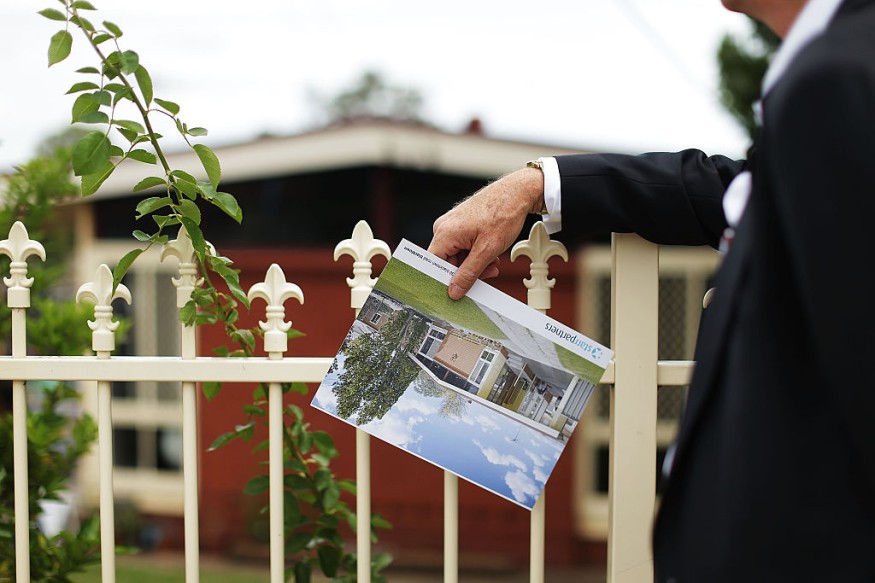
First-time buyers hoping to purchase a home previously followed a recommendation to spend no more than 30% of their income on housing costs. However, soaring home prices and elevated mortgage rates mean this financing rule is no longer feasible today.
On average, homes in the United States cost $439,000 in the second quarter of this year. Assuming a buyer plans to put an 8% down payment, the potential monthly housing cost- including real estate taxes and homeowners insurance- would be around $3,500.
This means monthly housing costs would equate to 49% of the median income for first-time home buyers between the ages of 25 and 44 - the age range likely to include first-timers, according to NerdWallet's First-Time Homebuyer Affordability Report.
For perspective, the median income for first-time buyers was $83,783 in 2022, per data from the US Census Bureau.
Where First-Time Buyers Spend the Most on Housing Costs
Monthly housing payments equate to an average of 49% nationally, which increases depending on the metro area.
In Los Angeles, for example, homes list for an average of $1,230,735. With an 8% down payment, monthly payments would be around $9,106. That would account for 115% of the income of a first-time buyer earning the typical wage in the area.
In San Diego, buyers would have to spend 88% of their gross income to cover monthly payments of $7,886 on a home with a sticker price of $1,057,802.
In San Jose, CA, buyers would have to spend 73% on monthly housing costs of around $10,976. The average sale price of a home in the area is $1,460,393.
Where First-Time Buyers Spend the Least on Housing Costs
Of all metro areas, first-time buyers could only follow the 30% home financing rule of thumb in one city - Pittsburg. The average home list price in the area was $258,038. An 8% down payment would mean monthly payments of $2,135. That would require first-time buyers earning the typical local wage to spend only 30% of their gross income on potential housing costs.
"What that means is buyers in these high-priced areas will need to have higher-than-typical incomes, larger down payments, and other conditions working in their favor to become homeowners," Elizabeth Renter, senior economist at NerdWallet, said.
For the report, NerdWallet analyzed the monthly median list price from Realtors and estimated income for first-time buyers from the Census Bureau.
RELATED ARTICLE: 15 Fastest-Growing Suburbs in the US Where Homes Sell for Less Than $500,000: Report
© 2025 Realty Today All rights reserved. Do not reproduce without permission.



